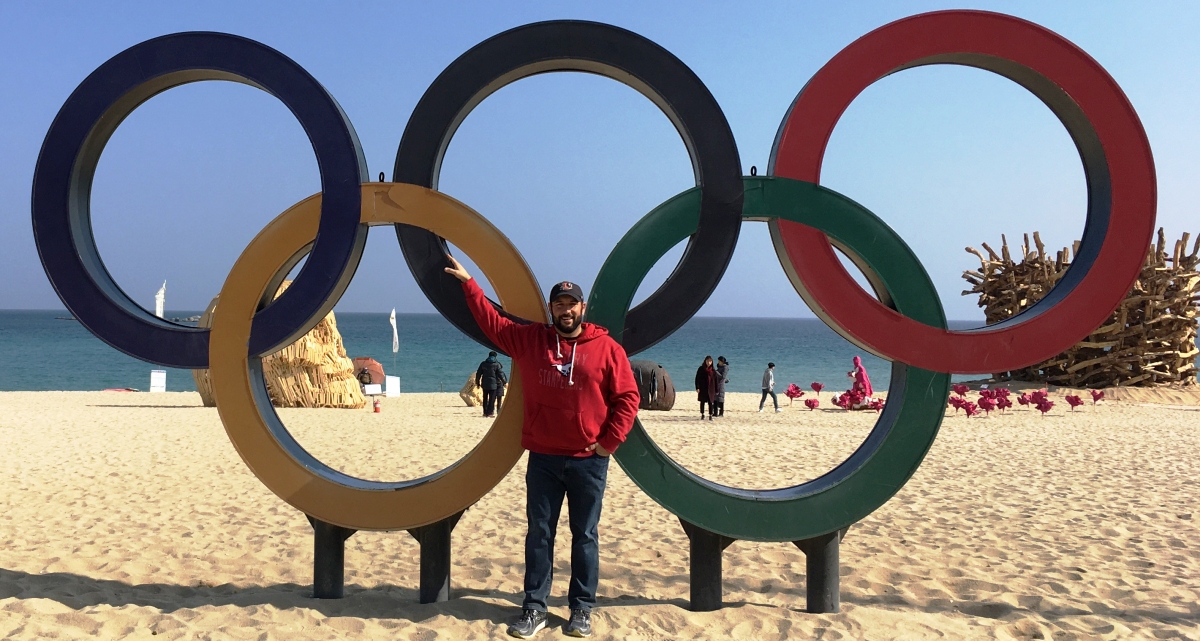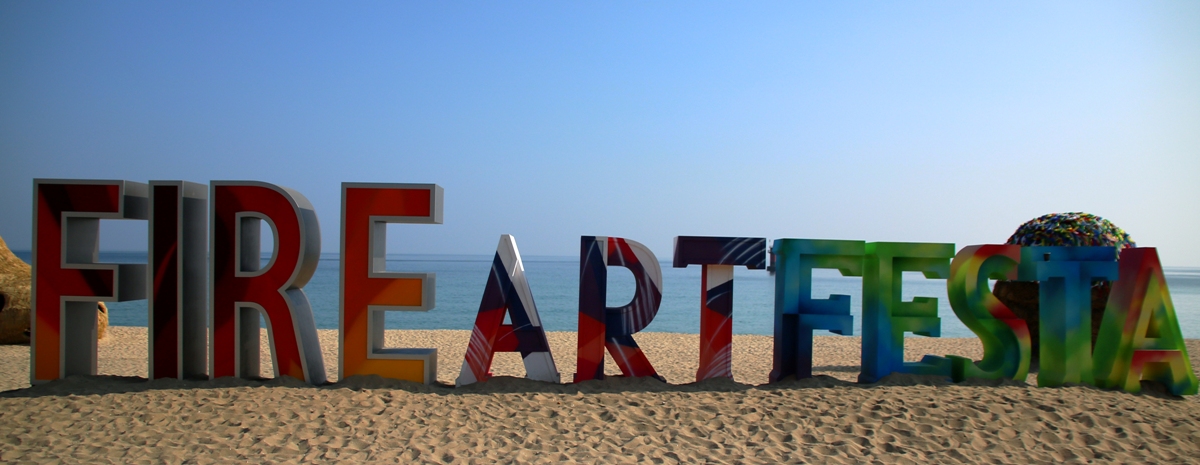Feb. 24, 2018 – So for the first time since the day before Opening Ceremonies, I found myself in Gangneung and Pyeongchang with nothing to do. That’s right, two days of no competitive runs at the Alpensia Sliding Center meant time to actually go out and see some things!
The Organizing Committee for PyeongChang Olympics put together some tours for media, of which there were a few I was looking at. There were a few options, including a trip to the DMZ and a coastal tour, but the one I chose was a “retreat in nature”. It was far more fantastic than it sounds.
We kicked things off with a half hour bus ride up sort of near PyeongChang to The Institute of Traditional Korean Cuisine. The Institute is built with traditional Korean architecture, and there’s plenty of “old way of doing things” to see. On top of just the food, there’s all of the ways to prep it, and all of it is on display.

What our tour group got to do involved creating traditional Korean rice cakes. When you think a rice cake, you likely think about the pre-packaged thing from Quaker Oats (your national rice cake company may vary). This couldn’t be further from what that is. These are called “injeolmi”, and are usually served at special occasions. The traditional method of making them involves pounding a pile of rice with a mallet until it’s basically a pile of gooey rice (trust me, it doesn’t look as bad as that reads) and then rolling it in a soy bean paste. In olden times, that paste would have been made by drying the press soy beans and then grinding them down to a powder. Then you simply roll the rice into the powder and ta-da, chop them up and ta-da! Little rice cakes.
After rice cake making time, we all moved over for bibimbop. It was, as expected, delicious.
From there it was over to Woljeongsa Temple. The temple was founded in the mid-600s, and features a stone pagoda called the “Nine-Storey Pagoda” that was built sometime in the 1,000s. It was one of the few things remaining after the original buildings were burned down during the Korean war, and is listed as Korean National Treasure No. 48 (just ahead of Daeungjeon Hall, for those of you keeping score at home).

After a nature walk up a path and touring the grounds, we were invited into a tea ceremony with one of the monks. We kicked things off with five minute of meditation, and I learned something very important about myself: I don’t have the core strength to hold a quarter-lotus for five minutes. Not even close.
Time with the monk was pretty great. She explained all about how one becomes a Buddhist monk there, and how those studying spend 11 hours a day meditating (their cores must be amazing). At the end she went person to person thanking them for being there and placing a band of beads on each person’s wrist as a gift.
To perfectly balance out getting my zen on with Jjogye Buddhist monks, I headed over to the Gangneung Ice Arena for the final night of short track speed skating.
For starters, this was the first event venue that didn’t rhyme with “riding renter” I’d been able to visit since getting to the Olympics two weeks ago, so that in itself made things pretty exciting. Second, it was a short track speed skating event in South Korea, and the Koreans love their short track. The place was sold out, and was going absolutely nuts for quarter-final races. Every time a Korean athlete would consider making a move, a roar would come up from the crowd. It was honestly the loudest crowd I’ve ever heard in an arena setting off that size.

The one shocking thing about the short track event was that no Koreans won. Usually there’s at least some contending, but in this case the only event of the three (Men’s 500m, Women’s 1,000m, and Men’s 5,000m Relay) where the South Koreans kept it close was the 500m, and even then they lost to Wu Dajing of China, who set a new world record.
Friday I decided I was going to get to Gyeongpo Beach. You see, I’d made two other attempts to get to the beach here, in which there’s a rather sizable art installation as part of the Fire Art Festa 2018. On the first try, I was told that I would have to walk to the city bus depot, and take an hour and a half bus ride for the six miles it takes to get to the beach. So that was a no-go. The next time, I was told I should get on one of the TC buses and ride that around. You can guess how well that went (not very).
So this Friday, I wasn’t feeling abundantly confident in my ability to get to the beach. But then it happened: Someone actually pointed me in the direction of the taxi service that the volunteers have seemed really reluctant to call, and ₩7,000 later I was at the beach.
The wait was worth it. The art installations there were really interesting, and all made out of mostly wood. Every Friday night they have a big fire-based performance on the beach, as well. At the end, the various sculptures will be set ablaze to return everything to the earth. It’s all rather delightfully artsy.
After a light lunch of bulgogi and rice, it was time to head up to the Alpensia Biathlon Center. As many of you know, biathlon is probably my favorite Olympic sport to watch that I don’t cover during the season. The chances to attend an event in person are pretty slim in the United States, so I was thrilled to have a free night to scoot over to the biathlon center for the men’s 4 x 7.5km relay, which was the last biathlon event of the Olympics.
The weather held up really nicely, and there was a bit of snow falling just before the event. Sadly, the snow didn’t hold up, but the wind gusting at random times did seem to affect the event a little bit.
I was able to “upgrade” my credential to get into the shooting range area, just behind the coaches. It gave a really unique perspective of the event. While in the range, I had a chance to chat with Kyle ripley and Gene Edworthy of the Calgary 2026 Olympic & Paralympic Bid and put in my small two cents on Calgary hosting the Games. Calgary is the Olympics where I really fell in love with bobsledding and the Olympic movement as a whole. Needless to say, I’m strongly on Team Calgary 2026. We’ll talk more about Calgary 2026 over the summer.
The biathlon event was really well attended, and had to be near a sellout. The crowd was heavily European, which gave it a little more of a “World Cup” feel. As it wasn’t a home event for any particular nation, you didn’t get that moment where the whole venue falls silent while their home athlete pulls up to shoot. That said, it was an electric crowd, and it really made for a special event and a great way to round out the biathlon program at the Olympics.
So that was how I spent two full days off. Saturday and Sunday mark the remainder of my Olympics with the four-man bobsled program, and a quick stop at the speed skating mass start.








